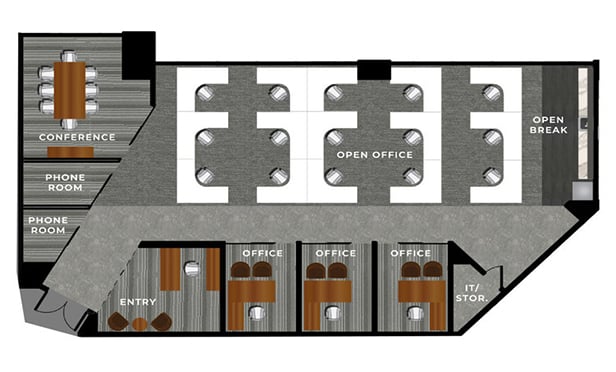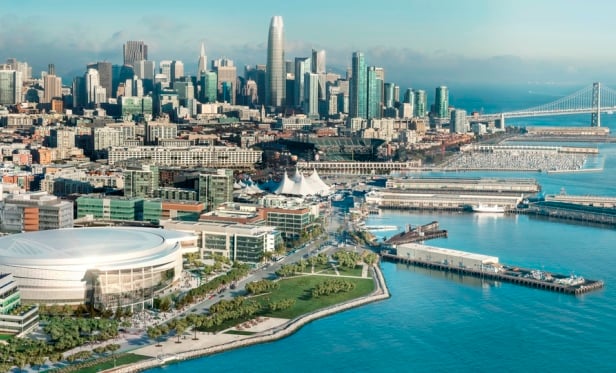© Touchpoint Markets, All Rights Reserved. Request academic re-use from www.copyright.com. All other uses, submit a request to [email protected]. For more inforrmation visit Asset & Logo Licensing.
NAIOP: Development Adds $450B to US GDP
HERNDON, VA—“Commercial real estate continues to bring new jobs, improve infrastructure and create places to live, work and play,” says Thomas Bisacquino, president and CEO of NAIOP, which sponsored the new report.
Trending Stories
Events
- Real EstateGlobeSt. ELITE Women of Influence (WOI) 2025July 21, 2025 - DenverGlobeSt. Women of Influence Conference celebrates the women who drive the commercial real estate industry forward.More Information
- Real EstateGlobeSt. Multifamily Fall 2025October 15, 2025 - Los AngelesJoin the industry's top owners, investors, developers, brokers & financiers at THE MULTIFAMILY EVENT OF THE YEAR!More Information
Recommended Stories
Lincoln Unveils Spec Suites at Deerfield Point
By Steve Lubetkin | August 10, 2018
Building owner TerraCap invested more than $40 per square foot in each suite to construct high-end spaces well differentiated from the competition.
Chase Center Works Against the Buzzer
By Lisa Brown | August 09, 2018
The Chase Center is a 18,064-seat sports and entertainment arena set to open in fall 2019 in time for the first tip-off of the 2019-2020 NBA season, and will anchor an 11-acre mixed-use complex in Mission Bay.
Time Waste and Labor Plague Many Industries
By Lisa Brown | August 06, 2018
Non-optimal activities, limited technology use and labor issues continue to plague the construction and logistics industries, with the former accounting for $177.5 billion in US labor costs per year.
Resource Center

Report
Sponsored by TheGuarantors
2025 State of Renter Delinquency and Default
Renter default is a critical challenge. This report, based on a survey of 400+ multifamily professionals, reveals key trends, economic drivers, and mitigation gaps to help you build resilience in 2025. You'll gain insights into the root causes of renter default, the operational strains it can put on your portfolio, and strategies you can leverage to protect your investments and maintain stability.

Assessment
Sponsored by Building Engines
CRE Property Management Assessment: Your Building Operations Scorecard
How do your building operations measure up? Use this detailed scorecard to evaluate your operational approach across five key areas.

White Paper
Sponsored by TheGuarantors
5 Strategic Moves to Protect Your Multifamily NOI in 2025's Squeeze
Skyrocketing economic uncertainty means it’s essential for multifamily owners and operators to strengthen risk mitigation capabilities. Discover expert insights from industry experts, including the President of NMHC, to tackle 2025 challenges such as slower lease-ups, cost pressures, renter fraud, high reliance on concessions, and more.






